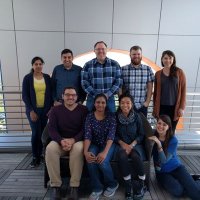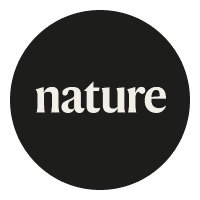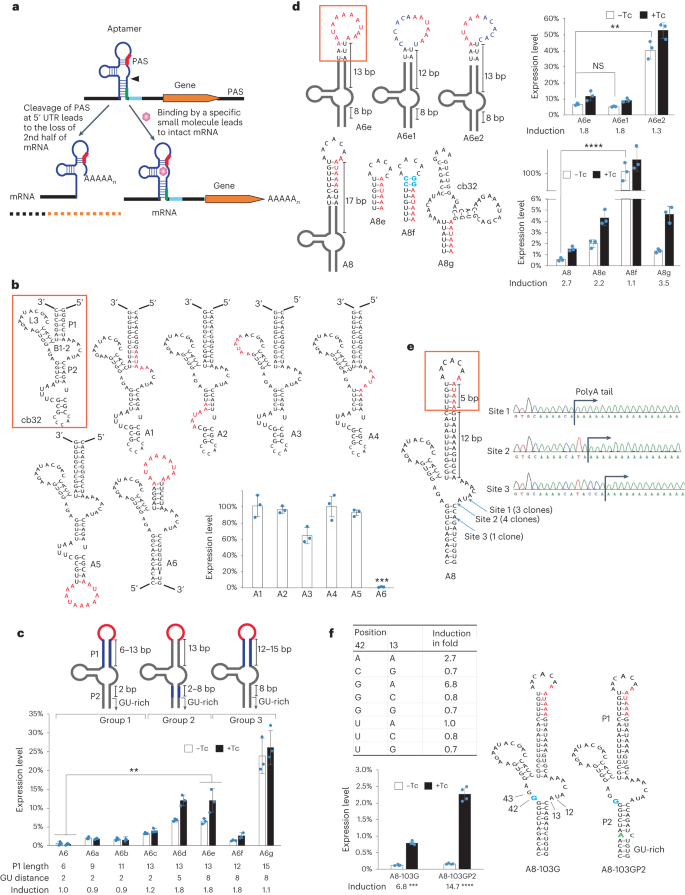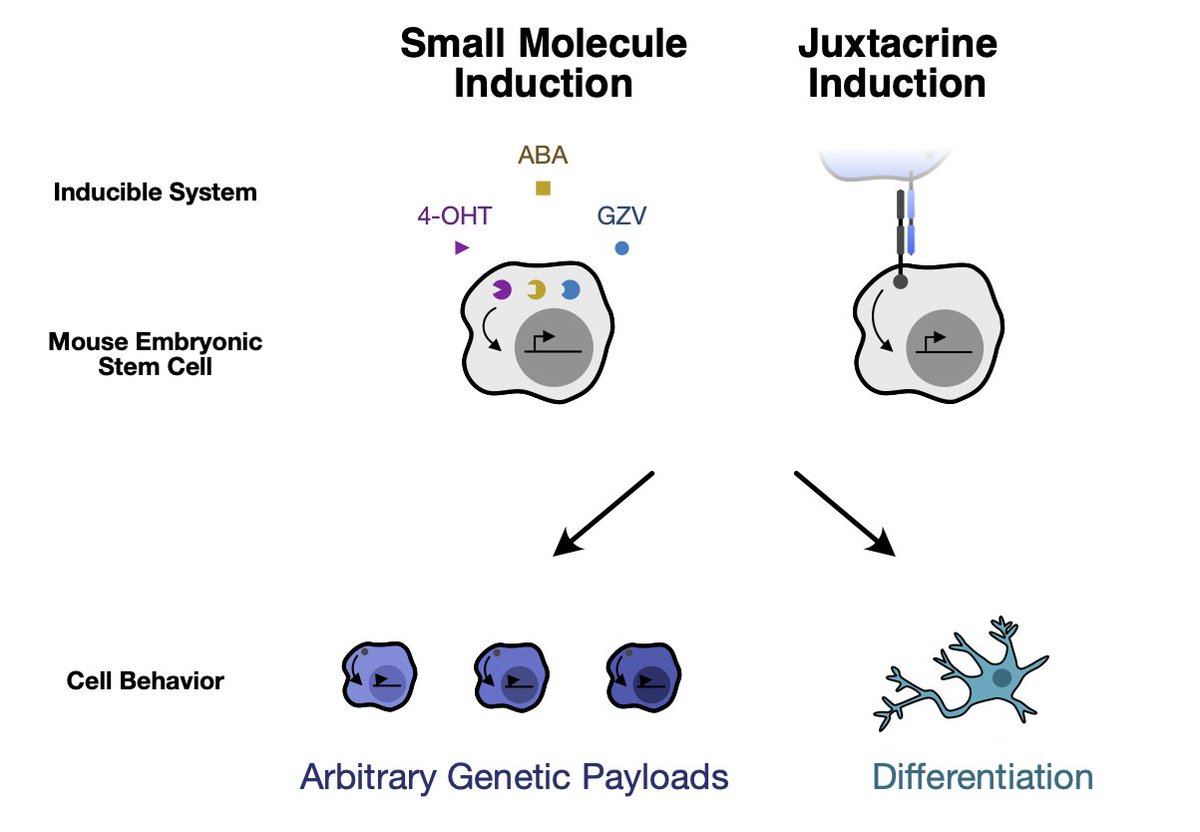
Barun Mahata
@mahata87
Postdoc- Epigenome Engineering, CRISPRa/i, Designer RNA, Transcriptional Programming, AAV, Cancer Metastatic Drivers.@RiceUniversity and alumni @bose_institute
ID: 3322064954
21-08-2015 06:26:15
150 Tweet
751 Takipçi
3,3K Takip Edilen

Buckle up! We're in for a wild ride today. A new Nature Metabolism paper by scientists from China adds a surprising twist to the long-known FTO GWAS story. The FTO locus (16q12.2) is the first ever GWAS locus to be associated with obesity and even after 16 yrs now, scientists
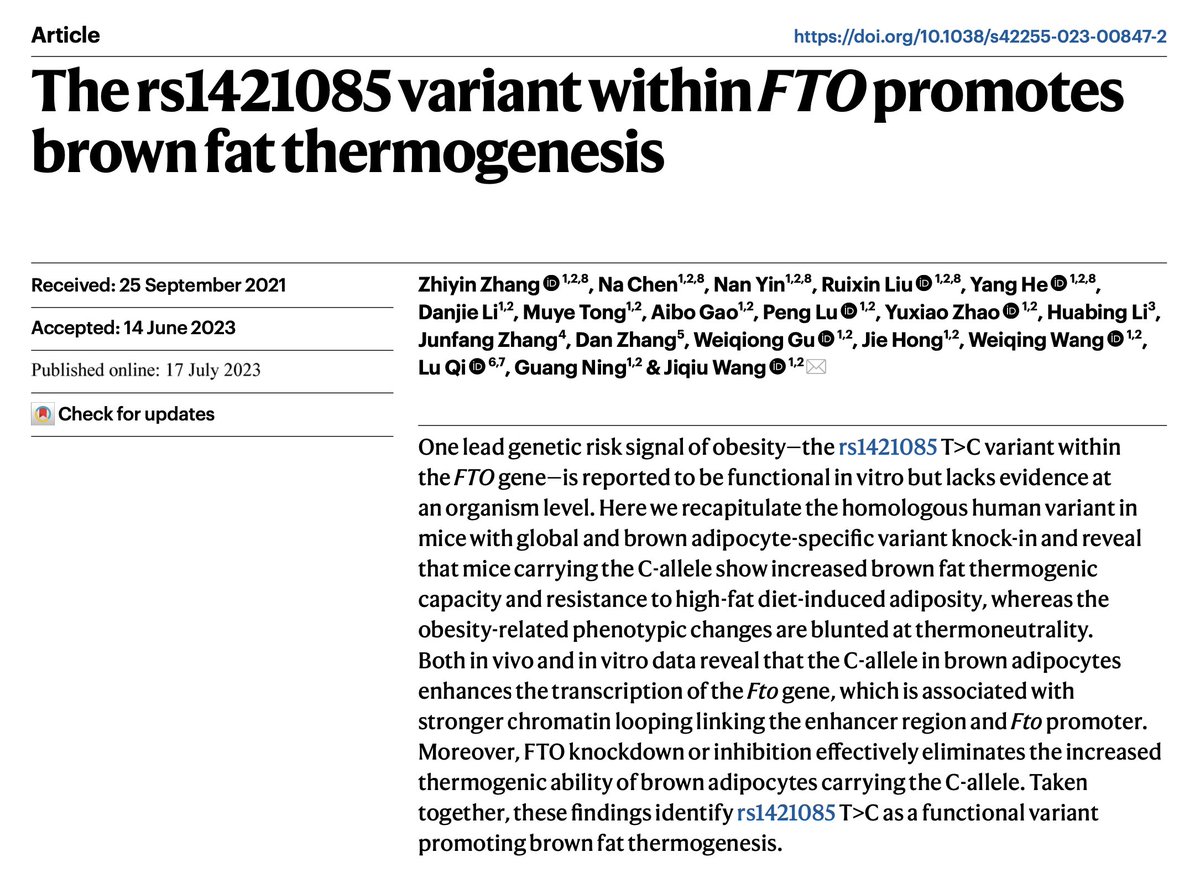



Our article is now live at Nature Cell Biology! representing a fantastic collaboration with D. Allan Drummond and squire lab. We demonstrated reversible storage of stress-induced orphan ribosomal proteins within chaperone-stirred liquid condensates. Dive in nature.com/articles/s4155…

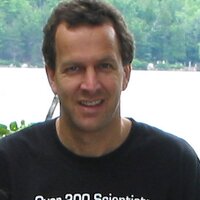

New preprint! Ben Adler and I @doudna_lab, in collaboration with Emily Armbruster and @JoePogliano, unveil a mechanism for Hachiman immunity. The punchline - Hachiman is a genome integrity sensor. College of Chemistry @igisci HHMI biorxiv.org/content/10.110… 🧵 1/14

We know the importance of subtle gene dosage variation, and yet the main tool of molbio is gene KO/KD. In our new preprint, Júlia Domingo introduced subtle modulations of transcription factor dosage by CRISPRi/a, and quantified responses by scRNA-seq. 1/ biorxiv.org/content/10.110…





Today in Nature Biotechnology, we describe first-gen click editors (CEs), which couple the advantageous properties of DNA-dependent DNA polymerases and HUH endonucleases with RNA-programmable nickases for precise and versatile human genome editing. 🧬 nature.com/articles/s4158…


🚨 New preprint alert! I am excited to present a collaboration between the Doudna Lab and Zev Bryant lab, with co-first authors Noor Al-Sayyad and Kevin Wasko and me. Curious about what drives high-efficiency genome editing by Cas9? Let’s dive in!👇🧵biorxiv.org/content/10.110…



